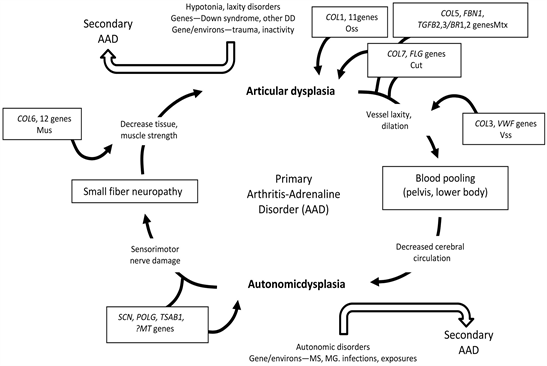
Neurogenic hypertension – excessive secretion of norepinephrine and epinephrine which promotes vasoconstriction resulting from chronic high activity of the sympathoadrenal system, the sympathetic nervous system and the adrenal gland.Hypertension secondary to endocrine disorders Renal segmental hypoplasia (Ask-Upmark kidney).Here, however, increased CO cannot solve the structural problems causing renal artery hypotension, with the result that CO remains chronically elevated. Kidney disease / renal artery stenosis – the normal physiological response to low blood pressure in the renal arteries is to increase cardiac output (CO) to maintain the pressure needed for glomerular filtration.

Hypertension secondary to other renal disorders The differential diagnosis of a renal tumor in a young patient with hypertension includes Juxtaglomerular cell tumor, Wilms' tumor, and renal cell carcinoma, all of which may produce renin. Īlso, some renal tumors can cause hypertension. This is known as renovascular hypertension it is thought that decreased perfusion of renal tissue due to stenosis of a main or branch renal artery activates the renin–angiotensin system. Hypertension can also be produced by diseases of the renal arteries supplying the kidney. Or chronic glomerulonephritis which is a disease characterized by inflammation of the glomeruli, or small blood vessels in the kidneys. It can be autosomal dominant or autosomal recessive, with the autosomal dominant form being more common and characterized by progressive cyst development and bilaterally enlarged kidneys with multiple cysts, with concurrent development of hypertension, chronic kidney disease and kidney pain. This includes diseases such as polycystic kidney disease which is a cystic genetic disorder of the kidneys, PKD, which is characterized by the presence of multiple cysts (hence, "polycystic") in both kidneys, can also damage the liver, pancreas, and rarely, the heart and brain. Other well known causes include diseases of the kidney. See main article at Renovascular hypertension.It has two main causes: fibromuscular dysplasia and atherosclerosis of the renal artery resulting in stenosis. It also can be a side effect of many medications. It has many different causes including endocrine diseases, kidney diseases, and tumors.


It is much less common than the other type, called essential hypertension, affecting only 5-10% of hypertensive patients. Secondary hypertension (or, less commonly, inessential hypertension) is a type of hypertension which by definition is caused by an identifiable underlying primary cause.


 0 kommentar(er)
0 kommentar(er)
